
D-Link DHP-701AV HomePlug AV2 AV2000 MIMO Gigabit
$157.99
Prices and details are subject to change; check the seller’s site for updates.
Didn't find the right price? Set price alert below
Specification: D-Link DHP-701AV HomePlug AV2 AV2000 MIMO Gigabit
| Product | ||||||||||||||||||||||||||||||||
|---|---|---|---|---|---|---|---|---|---|---|---|---|---|---|---|---|---|---|---|---|---|---|---|---|---|---|---|---|---|---|---|---|
| ||||||||||||||||||||||||||||||||
| Specification | ||||||||||||||||||||||||||||||||
| ||||||||||||||||||||||||||||||||
7 reviews for D-Link DHP-701AV HomePlug AV2 AV2000 MIMO Gigabit
Add a review Cancel reply
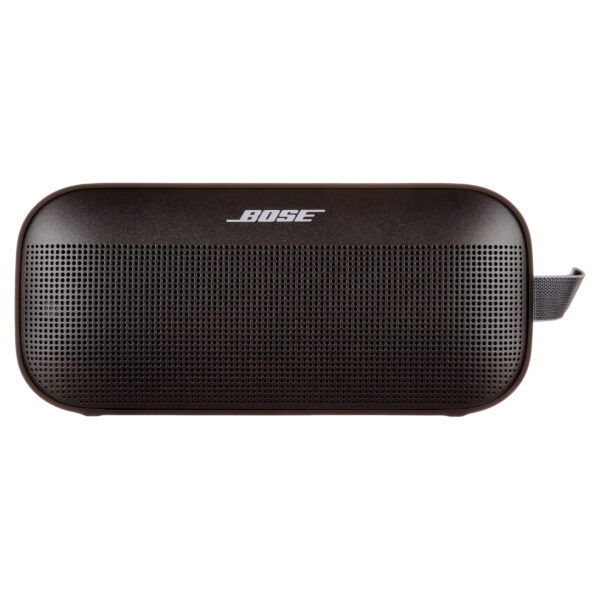

$157.99

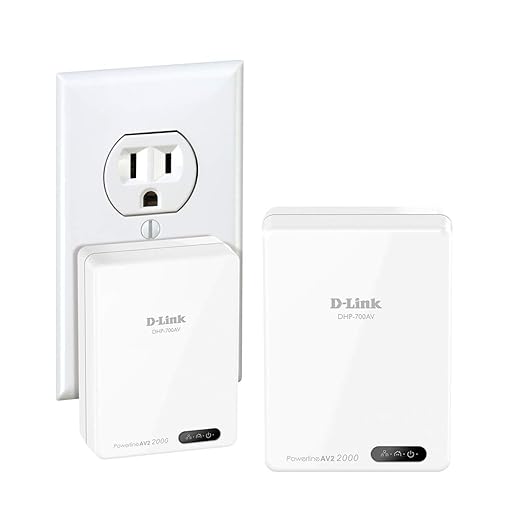

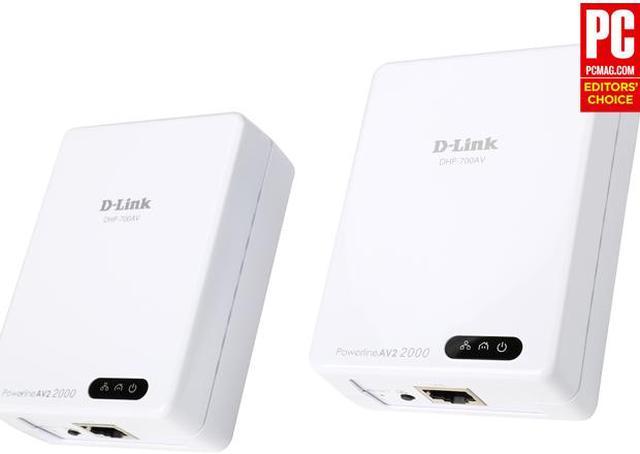
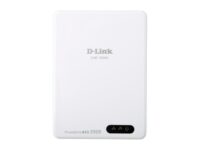
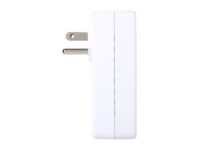








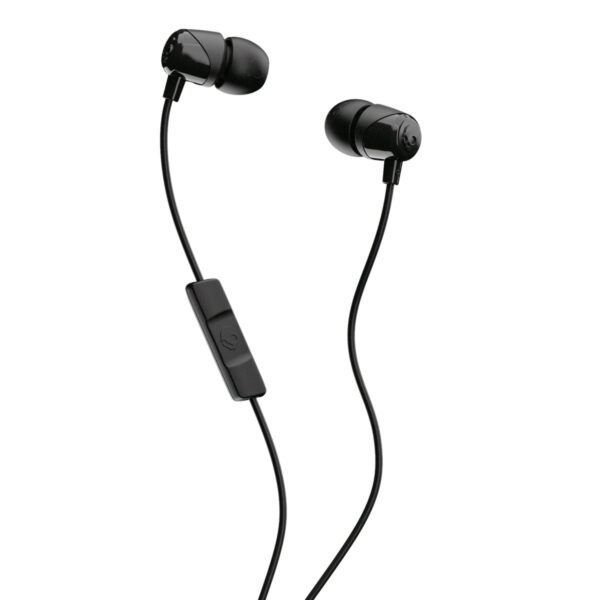


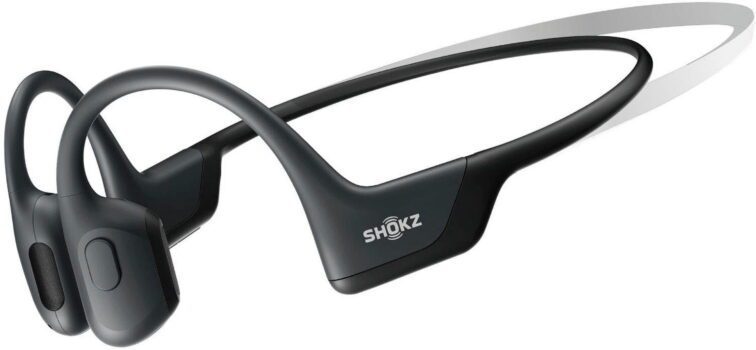
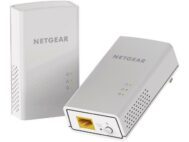

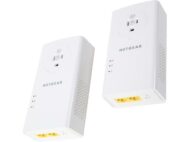




Anonymous –
Pros: I have had both Zytel and Belkin 500Mb/s units in my home network and have only been able to stream 720p content (requires 12Mb/s), giving you an idea how hard it is to use 1983 era copper wiring in my 4 unit Condo. We’re talking streaming from source 1 room away, literally 20 feet. Nowhere near the advertised 500Mb/s. This product made the difference in seamlessly streaming 1080p content, which requires 22 Mb/s. Now 11gb blue ray rips run perfect. Highly, highly recommended for the small network. The company claims 16 of these can be connected, so a good sized network is even possible. Of note to upgraders: these are about 50% wider than the Belkin 500s and must be mounted pointed (downward) in the direction of the ground lead, which required I buy an extension for the top plug to run my AV system’s power strip, as it’s plug was directional and ran into the top of this product without the extension cord. Cons: None
Anonymous –
Pros: First of all, these are Homeplug AV2 with MIMO technology. The first I’ve seen on the market with MIMO. I’m getting almost 350Mbps from my gateway with NAS to my laptop. Backing up my complete HDD was extremely quick. It is around 4 times faster than my old AV1 and way faster (reliable) than Wi-Fi. I did multiple tests using a 5GB video file transfer from NAS to laptop. Also, due to the low latency I find this to be the best solution for online gaming. Especially first person shooters. Cons: You will never get 2Gbps… That is just the PHY rate. The real data rate should be a few hundred Mbps. A pass through version would be good.
david j. –
Pros: I get really bad wireless reception in my office. These adapters did improve the speed and the latency of my connection. I am getting 90 Mbps speed between the two adapters and about 4 ms latency. I was hoping for better, but it is a good improvement over the wireless bridge I was running. My office is on a different circuit from where the router is located. At least now I can stream high definition from the NAS in my office. I haven’t tested another other Powerline networking devices to compare them to see if the D-Link Powerline AV2 2000 adapter really preforms better than any other AV2 devices. Cons: The biggest con is the size of this device. It is a little large. If you have anything other than a straight plug in the other outlet it will probably interfere with it. I rearrange items in both outlets these were plugged into and put the other item in the outlet on a small extension so it could fit with the powerline adapter.
Ronald W. –
Pros: E-Z Installation: plug in unit 1 near router. ethernet cable from router to unit 1. plug in unit 2. ethernet cable from unit 2 to device (tv, pc, 4 or 8 port switch, wi-fi router in access point mode) Screamin’ Fast: We have 78mbps down / 5 up at the router plugged into the cable-modem. Downstairs, on a different circuit in the electric panel, I get 26 down / 3.2 up with a 4ms ping to the upstairs router. Low-latency is great for gaming. Cons: Big – It very nearly prevents me from plugging in my power-strip in the upper socket (It’s in far enough to make contact). There is no pass-through socket. No extra ports (built-in switch) on the units. Overall Review: Most homes should have three or four of these units (2 in the starter kit). Plug unit 1 near the main router. Plug additional units at each network-enabled television/game console, and at each desk where PC gaming, video watching, and downloading/file-sharing are done. Install 4-port switches at these locations with an ethernet cable hanging from them (cheap!). Plug another AC-#### Wi-Fi router in the other side or floor of the house set to access point mode to provide better signal coverage for phones and laptops on-the-move. Use Xirrus Wi-Fi Inspector (free) to check signal strength and channels in your home. Manually set 2.4GHz wi-fi routers to 11,6, and 1 (don’t put the same channel near another router with same channel) http://www.extremetech.com/computing/179344-how-to-boost-your-wifi-speed-by-choosing-the-right-channel Replace old routers; AC-1750’s are $75.
Anonymous –
Pros: Just plug one near your router and plug the other end where you want to extend your network to. That’s about it. They self-configure and will find each other. Cons: Like all HomePlug adapters, they can be susceptible to speed degradation depending on how far apart the units are from each other. If you have noisy wall warts near them they can affect the speed too. This isn’t a limitation of these adapters though. Overall Review: I bought these to replace my aging AV500 series HomePlug adapters from another vendor. I’m extending my internet signal from my router to a secondary access point and since I live in an apartment, I can’t exactly just run CAT6 cable through the walls. Although the older units I had worked, the fastest I could get them to go was about 100mb speeds at full duplex, and that was after doing some fiddling with where they were plugged in. With these units though my connection nearly doubled in speed. I have 150MB download speeds from my internet provider, and with my previous adapters I was lucky if I hit 70MB/sec speed. With these (in the same wall outlets mind you), I’m hitting 130MB/sec!
Jeffrey A. –
Pros: Works as advertised. There are a hundred or so Kb/s difference between using this method and plugging directly into the router using just an e-net cable. Beats wireless, hands down. This technology is a major upgrade solution to iffy wi-fi connectivity. Cons: Still rather expensive on a per unit basis. Overall Review: The technology works, so perhaps the price can start coming down. I normally prefer to wait 6-8 months before extolling the virtues of something I’ve purchased and have put into use, however – these worked right off the bat and I cannot see them failing, down the road.
Matt B. –
Pros: – Solid connection between downstairs kitchen and upstairs back bedroom in a house built 2 years ago. – Point-to-point connections between 210 to 300 mbps (old AV+ kit peaked at 60 mbps). – Full duplex. Yes, this is important. – Solid connection and ping times to game servers. – 100% compatible with my old AV+ kit. All the units work together on the same Powerline network with the older units working at their slower speed. Cons: – Slightly larger than my old AV+ units, but they don’t block the 2nd outlet plug so who cares. – AV+ kits (DHP-309AV) at half the cost would probably work just as well for the majority of users. – AV2 kits (DHP-700AV) might work better in an older home (MIMO seems to have more solid connections over farther distance). Overall Review: Benchmarks using LAN Speed test:DHP-700AV – 210 mbps (26.2 Mbps)DHP-309AV – 60 mbps (7.5 Mbps)* The DHP-700AV units occasionally peaked at up to 300 mbps (37.5 Mbps). The score above is a VERY conservative average over several days of testing.